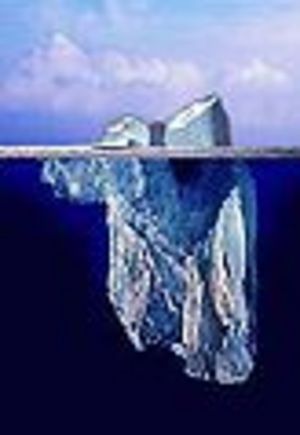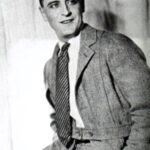Hemingway, Papa Hemingway, later in his carreer decided he needed to interupt his novel to describe a grand way of writing, a tutorial for how a short story should be written. Ernest Hemingway began his carreer with a novel called The sun Also Rises.
Fitzgerald always talked about the rights and wrongs of writing and creating. With the help of many of the lost generation, they spent large amounts of time in cafe’s and parties talking about writing. Hemingway naturally continued this through pout his travels and through out his writing life. When he decided to write a non-fiction book about his travels in Spain, but more importantly the art, agony, and sport of Bull Fighting it was suppose to be a diary-like editorial by Hemingway. What happened is that it turned into clips of his trip, large amounts of bull fighting, and a question as to what is bull fighting: Overcoming Fear or Blood thirsty Macho Killing? With these questions begging to be answered Hemingway mused himself on the art of literature, and wondered if it was an art at all.
Death in the Afternoon, is considered one of Hemingway’s masterpieces and is known not because of the Bull Fighting but the “Iceberg Theory” or “theory of omission”.He states in the Book that “If a writer of prose knows enough about what he is writing about he may omit things that he knows and the reader, if the writer is writing truly enough, will have a feeling of those things as strongly as though the writer had stated them. The dignity of movement of the iceberg is due to only one-eighth of it being above water. The writer who omits things because he does not know them only makes hollow places in his writing.” (Death in the Afternoon, 1932 Hemingway) This theory is cited in book after book after book. Entire college courses are written on this theory. Literary critics and scholars judge short stories based on this theory. This small little blurb has become the leading idea of short story creation.
Therefore, it can be said the “Iceberg Theory” can be explained as such: If a writer is worth anything, and is actually going to create a piece of art in words, he must follow this theory. The author’s short story must omit items that are obvious or are already stated by metaphors, similes, or some other figures of speech. The author should do this to the point where the reader must think, understand, and really delve into the character and the words that are used to understand the entire story. In this way the words on the page are merely 1/8 of the story itself, it is the other 7/8 that the story truly lives in.
A perfect example of this is Hemingway’s short story “The white Elephant” where the entire story is about an unwanted pregnancy rather than the want or non-want of a porcelain elephant. To look carefully this device or technique is the main rule in both The Old Man and the Sea as well as the great masterpiece The Great Gatsby.






